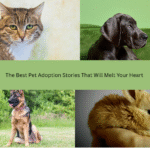In the past decade, social media has done more than just change how we communicate—it has transformed how we live, shop, and even how we view our pets. From viral pet influencers and Instagram-famous cats to TikTok training tutorials and pet adoption campaigns, platforms like Instagram, TikTok, YouTube, and Facebook have played a major role in shaping modern pet culture. For millions of Americans, pets are no longer just companions—they are family members, social icons, and even mini-celebrities.
This blog explores how social media has reshaped the way we perceive, care for, and connect with animals, diving deep into trends, communities, and the powerful influence of online pet content.

1. The Rise of Pet Influencers
Just like human influencers, pets now have their own massive followings online. Cute dogs, grumpy cats, talking parrots, and even hedgehogs are attracting millions of followers across platforms. Social media has created a new kind of celebrity—the pet influencer.
Accounts like @tuckerbudzyn (a golden retriever) and @nala_cat (a Siamese mix cat) have built empires around adorable content, sponsorships, and branded merchandise. For many pet owners, sharing their pets’ daily lives has turned into both a passion and a business opportunity.
Brands have quickly caught on. Pet food companies, toy manufacturers, and grooming services collaborate with these influencers to reach pet-loving audiences in authentic and engaging ways. The result? Pets aren’t just companions anymore—they’re digital entrepreneurs with fan bases and product lines.

2. The Power of Viral Pet Content
Social media thrives on shareable, heartwarming content—and nothing spreads faster than an adorable pet video. Whether it’s a puppy taking its first steps, a rescue dog’s transformation, or a cat performing hilarious antics, pets dominate online algorithms.
The emotional connection viewers feel when watching animals online is powerful. People love content that makes them smile, laugh, or cry—and pets deliver all of that effortlessly. Viral trends such as the “dog glow-up challenge,” “talking button dogs,” and “funny pet fails” have turned everyday animals into household names overnight.
This trend has also shifted the broader media landscape. Many TV shows, commercials, and even movies now pull inspiration from viral pet personalities. In short, social media hasn’t just given pets visibility—it’s made them cultural icons.

3. How Social Media Influences Pet Adoption
Before social media, pet adoption often relied on word of mouth or local shelter visits. Today, platforms like Instagram, TikTok, and Facebook are changing that narrative. Shelters and rescue organizations use these platforms to share photos and videos of animals in need, helping them find loving homes faster.
Emotional storytelling plays a huge role. A short video showing a dog’s rescue journey or a cat’s first cuddle in a new home can inspire thousands to adopt rather than shop. Hashtags like #AdoptDontShop and #RescuePetsOfInstagram have become movements in themselves, spreading awareness and normalizing adoption across the U.S.
Additionally, influencers often collaborate with shelters to promote adoptable animals. This has helped drive adoption rates higher and reduce stigma around shelter pets. Many families in the U.S. now proudly adopt pets after discovering them through a viral post.
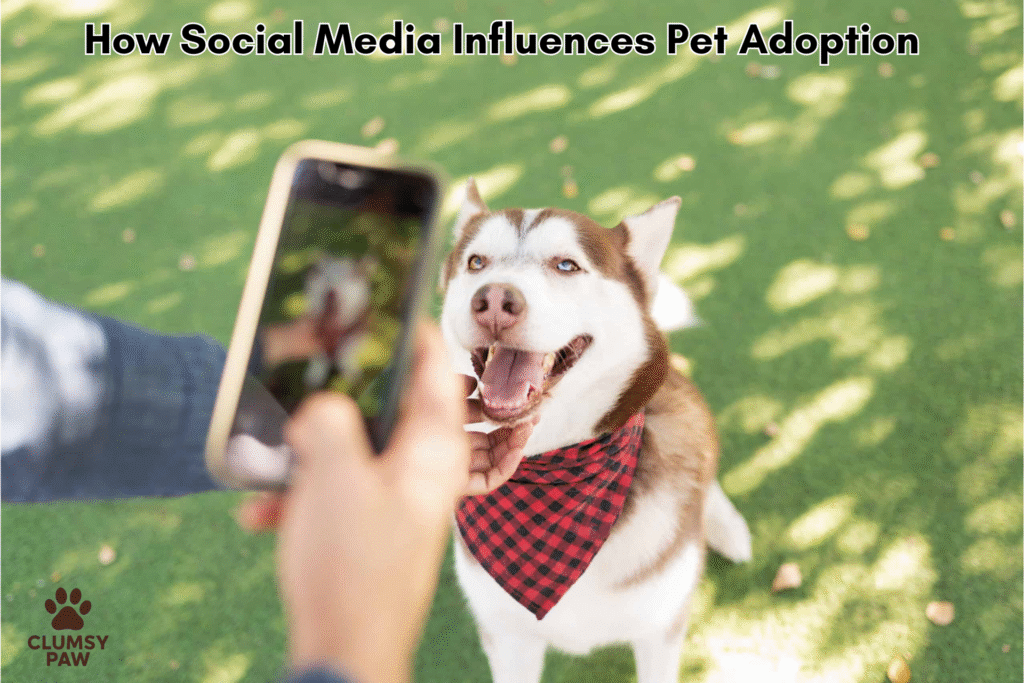
4. The Evolution of Pet Care Through Online Communities
Social media has created a space where pet owners can learn, share, and grow together. Online groups, forums, and hashtags dedicated to specific breeds, health issues, or training methods have made it easier than ever to access reliable pet care information.
For example, dog parents can join Facebook groups to discuss training techniques, while cat owners exchange grooming tips on Reddit. TikTok and YouTube have become go-to resources for pet tutorials, from DIY toys to healthy homemade treats.
This online knowledge-sharing culture has empowered pet owners to become more informed. People are now more aware of animal nutrition, mental health, and enrichment needs than ever before. The rise of holistic and sustainable pet care is also fueled by content shared across these digital spaces.
In the U.S., where pet ownership is already widespread, this access to information is transforming how people approach pet wellness—making it more personalized, science-driven, and emotionally aware.
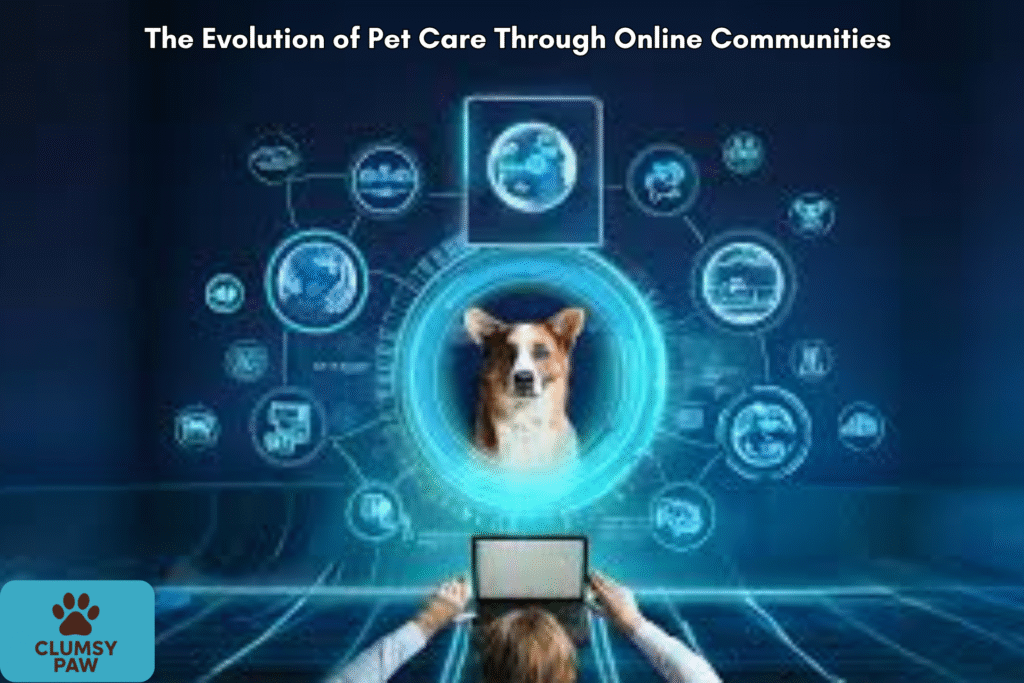
5. The Rise of Pet-Friendly Lifestyles and Aesthetics
Instagram and Pinterest have turned pets into lifestyle icons. Pet owners are curating their homes, outfits, and travel plans to match their animals’ personalities. From matching pajamas to stylish harnesses and themed birthday parties, pet aesthetics have become an integral part of online expression.
The concept of “pet parenting” has grown stronger in the U.S., especially among millennials and Gen Z. Social media reinforces the idea that pets deserve the same level of care and comfort as human family members. Influencers share images of cozy pet corners, designer pet outfits, and luxury grooming routines, inspiring thousands to follow suit.
Brands have adapted too. Many American companies now design furniture, fashion, and accessories specifically for pets, all heavily marketed through visually appealing social media campaigns. The result is a booming “pet lifestyle” industry, fueled by Instagram-worthy moments and viral aesthetics.
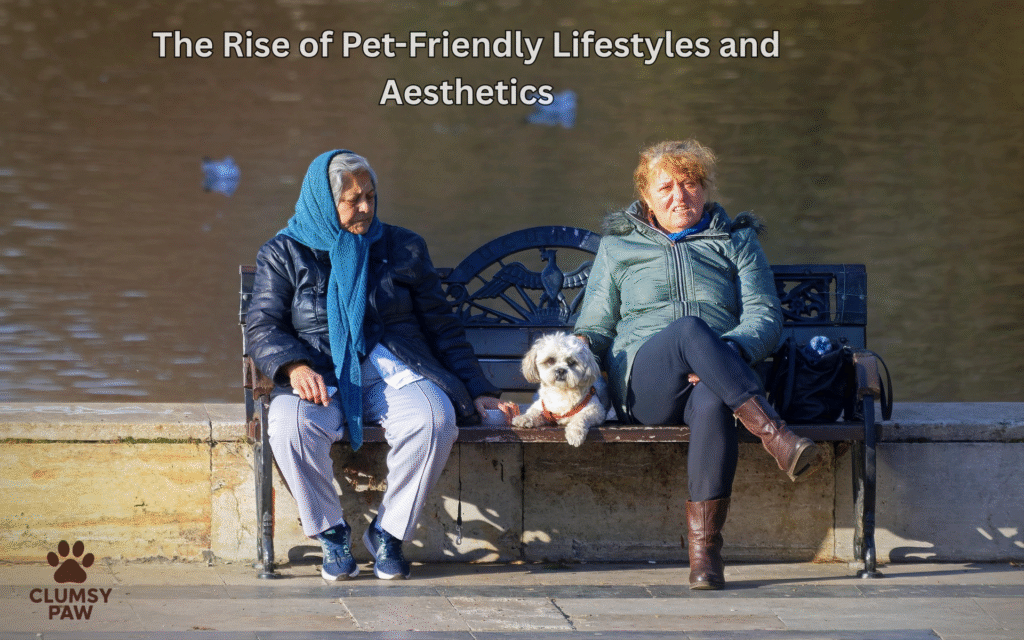
6. The TikTok Effect: Real-Time Pet Entertainment
TikTok has revolutionized how people consume pet content. Short, funny, and relatable videos grab attention instantly, making it the perfect platform for spontaneous pet moments. Unlike polished Instagram feeds, TikTok favors authenticity—allowing real pet personalities to shine.
Users love seeing unfiltered moments: a cat knocking over a plant, a dog reacting to new sounds, or a parrot mimicking conversations. These short clips humanize pets, turning them into relatable characters with unique quirks.
Beyond entertainment, TikTok has also become an educational space. Trainers, veterinarians, and groomers use the platform to share bite-sized lessons on behavior, diet, and health. Pet owners in the U.S. now turn to TikTok not only for laughs but also for practical advice.

7. The Role of Hashtags and Challenges in Pet Culture
Hashtags are the backbone of social media trends, and pets are at the center of some of the most engaging ones. From #PetsofTikTok to #DogsofInstagram, these digital tags help pet owners connect with like-minded communities.
Challenges, on the other hand, fuel creativity and participation. Viral trends like the “dog glow-up challenge,” “cat versus cucumber,” and “what the fluff challenge” encourage millions of users to share their own pets’ reactions or transformations.
These hashtags and challenges create a sense of belonging. They bridge distances, connecting pet lovers from New York to California and beyond. The result is a vast, inclusive digital pet community that celebrates animals in all their diversity.

8. The Rise of Pet-Related Businesses Through Social Media
Social media has given birth to a new generation of pet-focused entrepreneurs. Small businesses selling handmade collars, organic treats, or custom pet portraits now thrive thanks to online visibility.
Platforms like Instagram Shops, Etsy, and TikTok Shop have made it easier for U.S.-based pet product creators to reach global audiences. Pet owners love supporting brands that align with their values—especially those promoting sustainability, cruelty-free products, or local craftsmanship.
Moreover, social media advertising allows these businesses to target specific audiences—dog lovers, cat parents, or exotic pet enthusiasts—with tailored messages. Influencer collaborations further amplify brand reach, making social media one of the most powerful tools for the modern pet economy.

9. How Pet Memes Shape Humor and Pop Culture
Pet memes are now a cornerstone of internet humor. From “Grumpy Cat” to “Doge,” these images have transcended platforms, influencing language, merchandise, and even mainstream advertising.
Memes work because they’re universal. Everyone can relate to a cat’s mischievous stare or a dog’s innocent look after causing chaos. This shared humor creates emotional connections across cultures and generations.
In the U.S., pet memes have become part of daily digital life. They appear in group chats, work emails, and social media posts, often serving as lighthearted relief from everyday stress. In this way, pets—real or fictional—have become integral to how Americans express humor online.
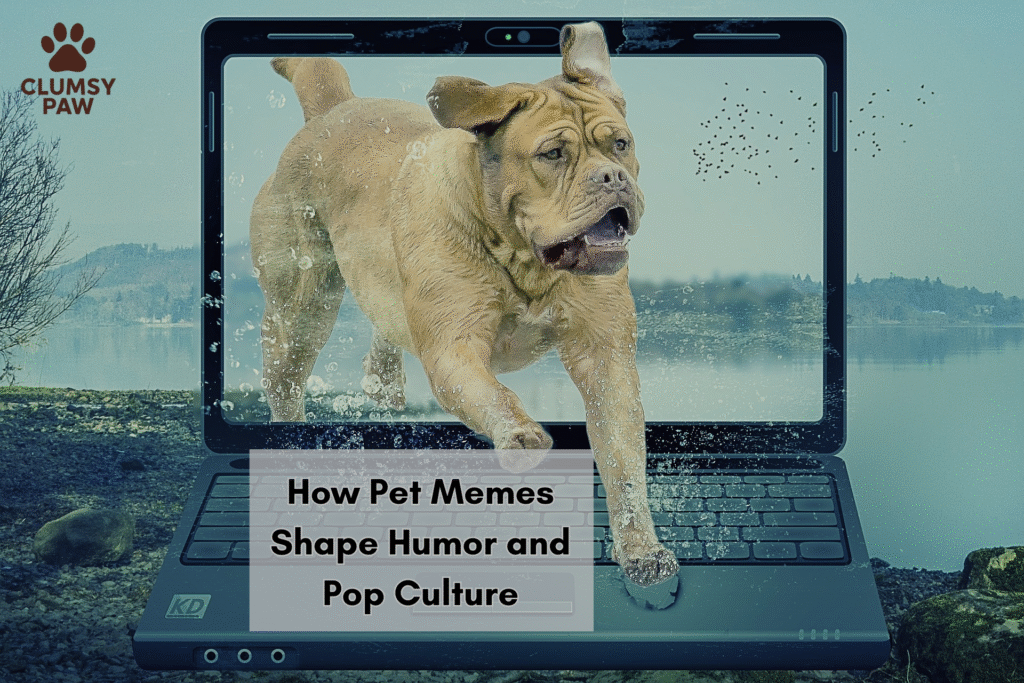
10. The Impact on Animal Welfare Awareness
Social media has become a powerful tool for animal welfare advocacy. Influencers, activists, and nonprofits use platforms to highlight issues like overbreeding, animal testing, and abuse prevention.
Campaigns such as #AdoptDontShop or #StopAnimalCruelty have mobilized millions of people to take action, donate, or volunteer. Emotional videos showing rescued animals recovering in loving homes often go viral, sparking empathy and awareness.
These campaigns have also influenced legislation and corporate responsibility. Many brands now pledge to support cruelty-free testing or donate proceeds to shelters because of public pressure amplified through social media.
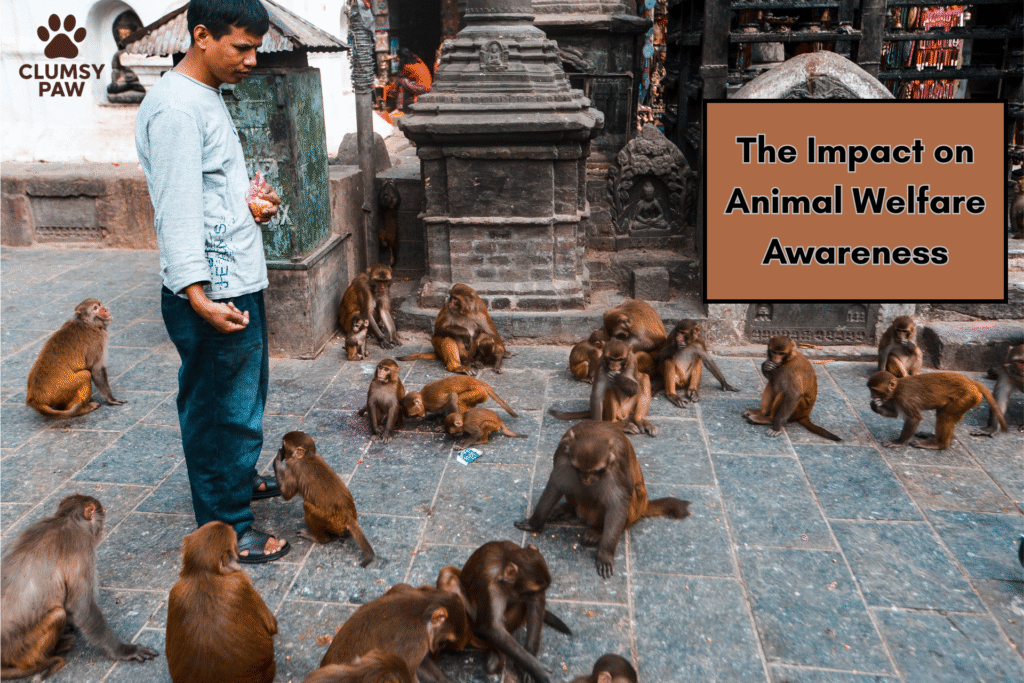
11. The Shift Toward Emotional Storytelling
Modern pet content isn’t just about cuteness—it’s about connection. Stories of rescue, recovery, and companionship resonate deeply with audiences.
Social media users are drawn to authenticity, and pets naturally embody that. Sharing a pet’s journey—from adoption to healing or training—creates emotional narratives that inspire millions. In a fast-paced digital world, these stories remind us of compassion, loyalty, and unconditional love.
For many Americans, following a pet influencer feels like following a friend. These bonds go beyond entertainment—they create genuine emotional engagement that keeps followers coming back.
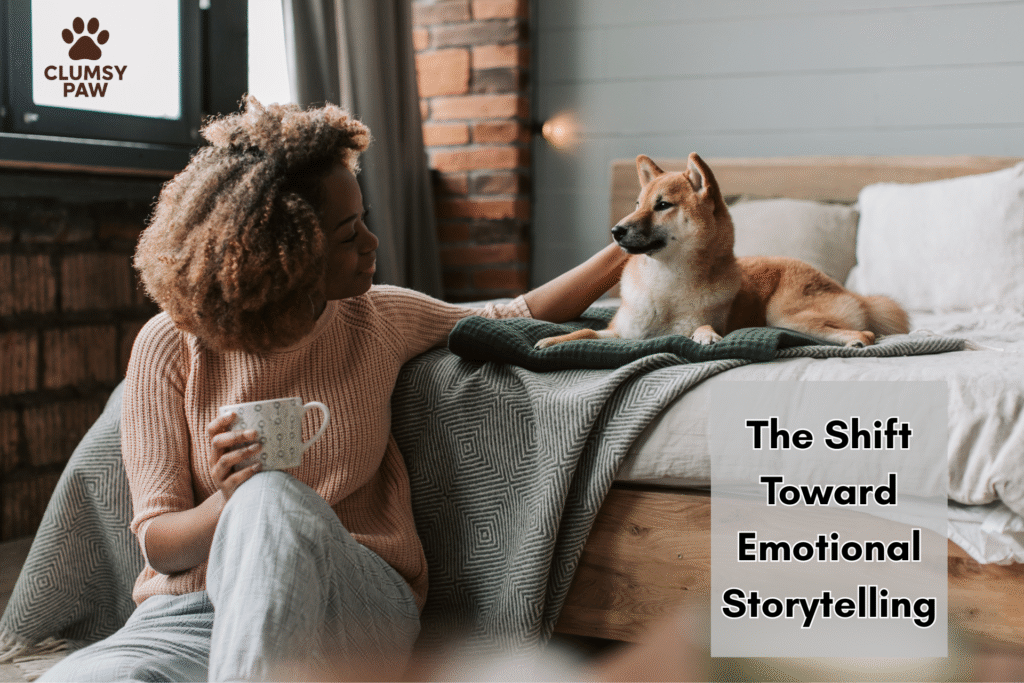
12. Social Media and Pet Health Trends
The pet wellness industry has seen tremendous growth, thanks in part to social media education. From balanced raw diets to mental enrichment toys, trends spread quickly when pet owners share their experiences online.
Veterinarians and experts now use Instagram Lives, YouTube videos, and TikTok tutorials to debunk myths and share professional advice. This digital access has encouraged better care practices across the U.S.
However, the downside is misinformation. Not all advice circulating online is accurate. Pet owners must learn to differentiate between credible sources and viral but misleading trends. Overall, though, social media has made pet health more visible and prioritized than ever before.
13. The Future of Pet Culture Online
As technology continues to evolve, so will digital pet culture. The rise of virtual pets in gaming, AI-powered pet apps, and even metaverse pet ownership are already reshaping what it means to have a “pet” in the modern world.
Augmented reality filters, pet-tracking devices, and smart feeders are just the beginning. Social media platforms are integrating features that make sharing pet moments easier—from automatic tagging to real-time editing tools.
Looking ahead, we can expect the relationship between humans, pets, and technology to become even more intertwined—blending physical companionship with digital connection.
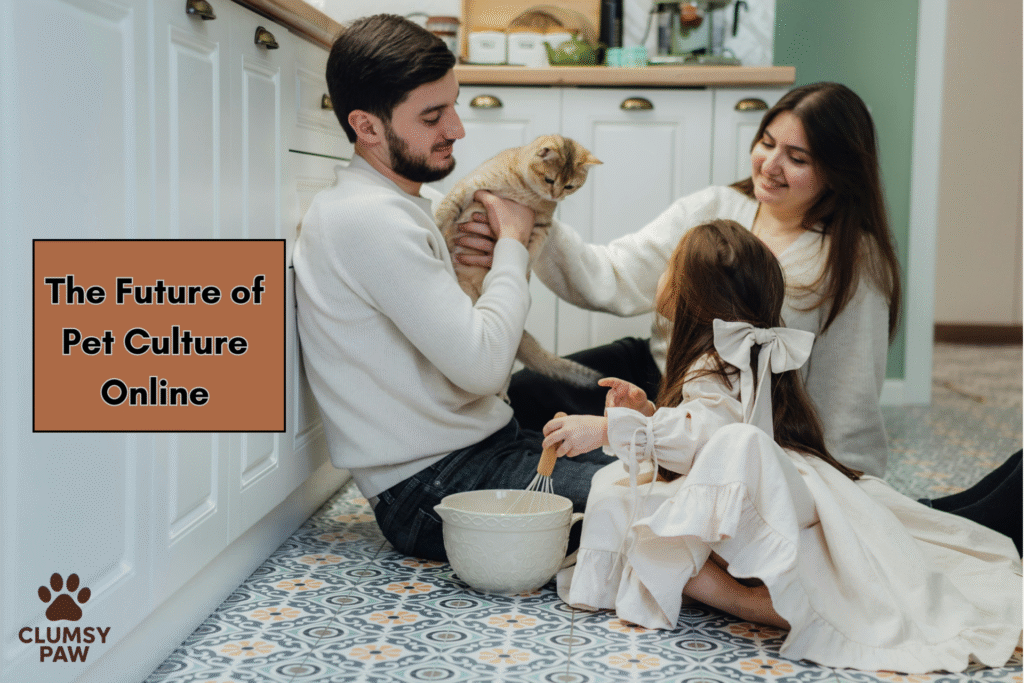
14. The Emotional Connection Driving It All
At its core, the social media pet revolution isn’t about fame or trends—it’s about love. Americans have always had a deep bond with their pets, and social media simply amplifies that affection on a global stage.
Every like, comment, and share reflects how deeply people care about animals. Pets bring joy, comfort, and laughter, and sharing those feelings online creates community and empathy.
In many ways, pets remind us to pause, smile, and appreciate the small moments. That’s what makes them timeless social media stars.
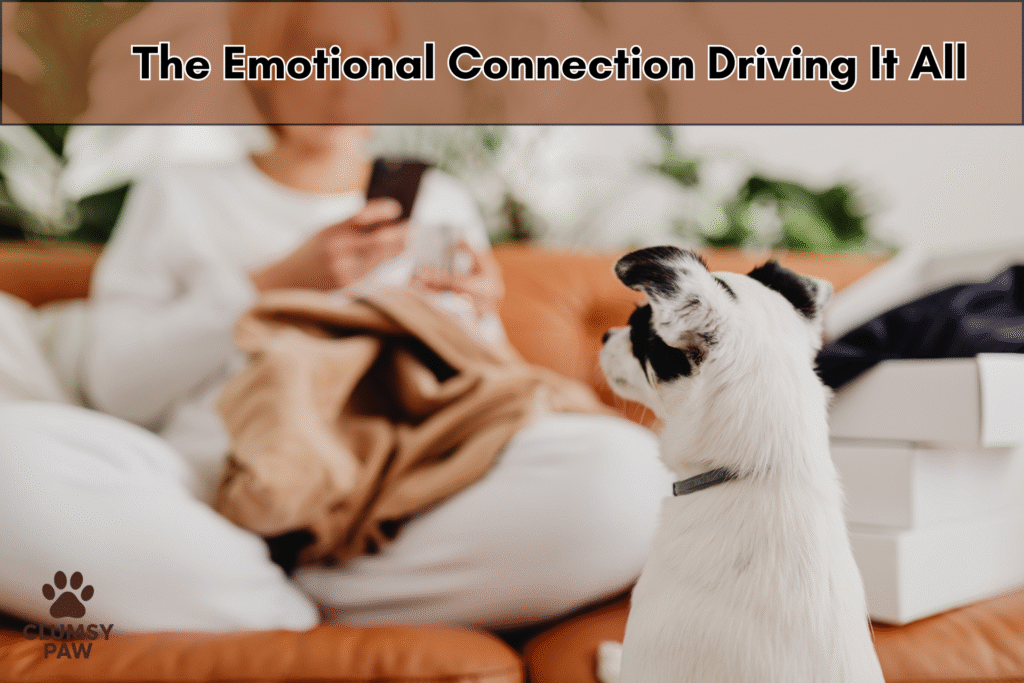
Conclusion:
Social media has permanently changed how we view, care for, and connect with our pets. What began as simple sharing has evolved into a vibrant ecosystem of influencers, businesses, communities, and causes—all centered on the love between humans and animals.
From viral videos to heartfelt adoption stories, the digital pet movement continues to shape American culture in profound ways. It’s not just about entertainment anymore—it’s about empathy, education, and expression.
As we move forward, one thing is clear: social media may have shaped pet culture, but pets have shaped social media just as much. They’ve reminded us of what truly matters—connection, kindness, and unconditional love.


